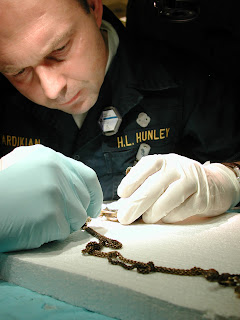 |
| The so-called Sherman statue before Tuesday's accident (Village of LaGrange) |
Officials in
LaGrange told the Picket the big rig cruised through a stop sign at the circular intersection in the middle of the village on June 28. The
stone memorial with a soldier on top was shattered and a flagpole was crushed.
An incident report from the Ohio State Highway Patrol said the driver told a responding officer that he fell asleep and ran a stop sign. The driver was not found to be impaired.
“There are four or five big pieces that are there, they weigh hundreds of pounds apiece,” village Mayor Kim Strauss told the Picket. While those remain on the ground, the broken soldier figure was picked up, as well as stone chips that could help in repairs. The soldier’s head was severed by the force of the accident.
Called by residents the Sherman statue, the monument was erected in 1903 (some sources say 1904) for about $3,000. The project was a joint project of the village and LaGrange Township, a separate political entity.
The force blew the monument into pieces (Photo by Gary Burnett)
The monument base carried the names of LaGrange area residents who served during the war, the names of a few battles and of Union generals Ulysses S. Grant, William T. Sherman, Philip Sheridan and George Thomas.
Strauss and Gary Burnett, one of three trustees for the township, would like to see the monument restored, though one expert said that may not be possible. Another option is starting over with a new monument. Strauss said officials will work with insurance carriers.
The statue literally is the focal point of the town, at the intersection of routes 301 and 303 (Main Street). When it was erected 120 years ago, the soldier was facing to the north, toward the county seat.
“There was a
big commotion over that you are never supposed to turn your back to the enemy.
They lifted him and turned him south” to face battlefields hundreds of miles
away, said Strauss.
The mayor
said the driver was headed south on 301 on a route often used by trucks to
reach another highway. The driver was apologetic after the incident, which
occurred around 2:30 a.m., he said.
“He
is OK. That is the most important thing,” Strauss said.
Burnett said residents of the township – a metro Cleveland bedroom community and
farming area -- want officials to work with village to rebuild the
memorial.
“I personally
would like to put it back up. It is part of our identity in LaGrange. Everyone
feels a little connection to it.” Officials said they are unaware of any opposition to putting the monument back up.
Township
trustees asked the public to stay away from the site for now.
“Nothing in the statue area can be
touched and anyone attempting to take ‘souvenirs’ will be charged! The area has
video cameras,” a Facebook post said.
The Sherman statue suffered another indignity 65 years ago,
according to a Lorain County nostalgia blog. A newspaper article in November
1957 said pranksters tarred and feathered the base.

















